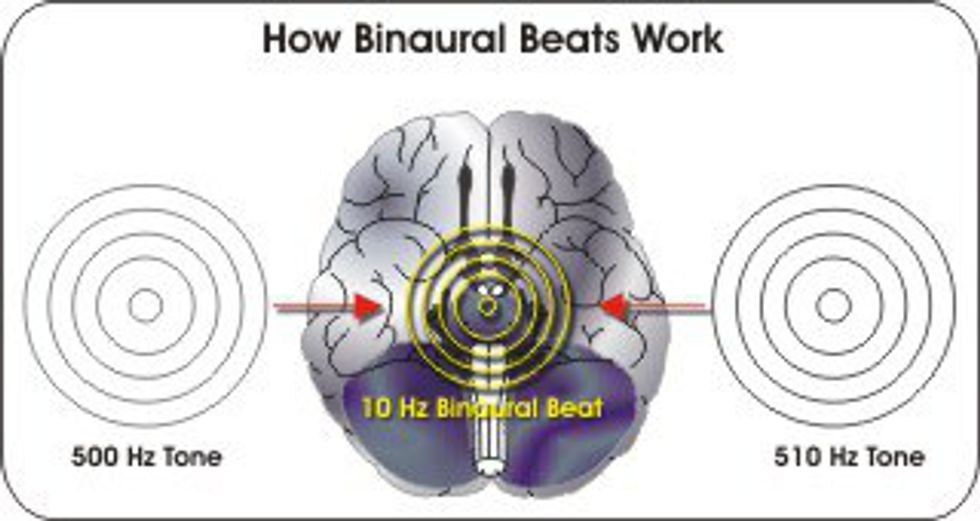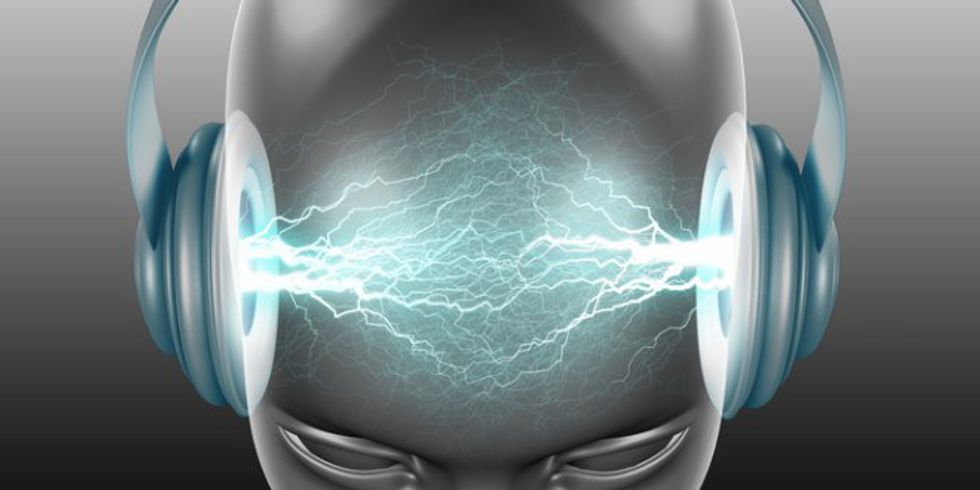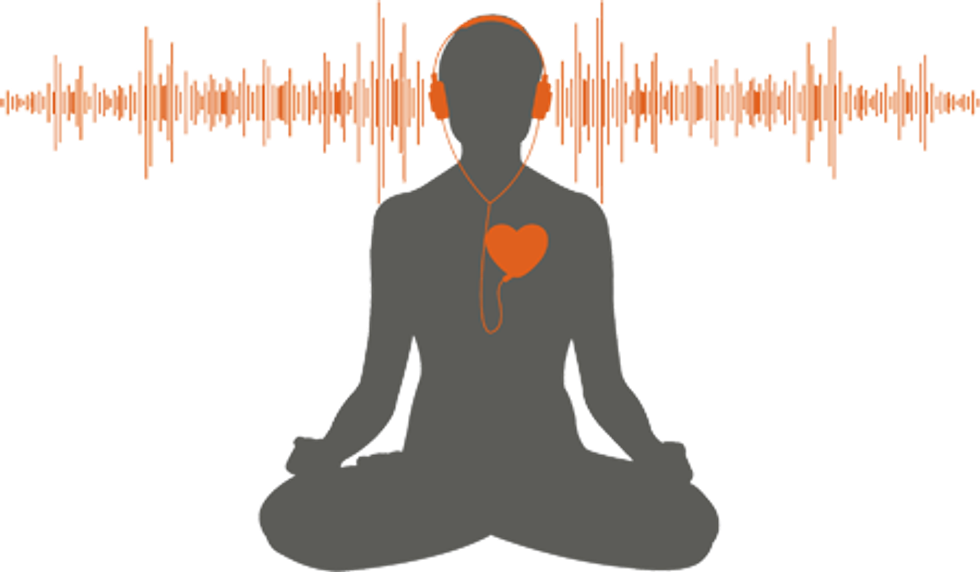"Hack your brain the legal way." "Digital Drugs." "The newest legal way to enter an altered state." These are all phrases that are associated with something that was discovered in 1839, but have only recently been drawn to the community’s attention: Binaural beats.
Binaural beats (I’ll refer to them a few times here on out as BB’s) are auditory brainstem responses in each hemisphere of the brain. Two different auditory impulses are played, one in each ear, which cause a “phantom” third tone that only the brain can hear and lies between one and 30 hertz. So, for example, a tone of 400 hertz is played in the left ear and a tone of 410 in the right ear, the tone that the brain is hearing is the difference frequency of 10 hertz.
This is because of the frequency following effect which says that certain parts of the brain will resonate at the same frequency it is hearing in response to the stimuli (the frequency). You must have headphones to be able to experience these, as one tone must be in one ear and the other in the opposite ear, which is only achievable through the use of headphones.
Now, this all sounds kind of boring and scientific and bland. What about this “drug” part? What is that? Binaural beats have been called the digital drug because some studies have purported that this tone that only the brain can hear can actually change certain functions in the brain for the time that the frequency is being heard.
It has been used for all kinds of things, including relaxation, meditation, sleep aids, creativity and improved memory; not to mention other things such as lucid dreaming, astral projection and “highs” that some people have compared to being drunk or even the effects of certain drugs. The lower hertz frequencies help with relaxation and falling asleep and the higher frequencies are claimed to increase brain activity and produce the drug-like effects.
Certain studies have shown that these beats do have an effect. It was shown to reduce anxiety in people who were about to go into surgery. 26.3 percent of people who were exposed to the beats said their anxiety decreased compared to the 3.8 percent of people who were not exposed to them who said they still had high levels of anxiety.
There are multiple cases of electroencephalograms (EEG’s), tests to measure brain waves and activity, being done while patients were listening to BB’s that showed that brain waves did indeed change depending on what hertz the person was listening to.
However, while some studies show that these do work, there are others that refute this claim. A 2008 study at Hofstra University played two different beats and a control sound (a babbling brook) to patients with high blood pressure. Neither group showed any change at all in their vitals.
A small study in Japan, published in the Journal of Neurophysiology in 2006, played BB’s for nine different subjects and showed great variability in their EEG’s even though they were all presented with the same tones. This lead them to believe that listening to binaural beats can produce activity on the human cerebral cortex, however the cause was more likely a conscious auditory reaction and was not correlated to the frequency of the binaural beat.
Scientific studies speak loudly, but there are many people all over the Internet and people that I’ve personally talked to that claim that they work. I, myself have had some experience with it working in regards to helping me fall and stay asleep and help with meditation techniques. Is it just the power of suggestion, the placebo effect? Can these phantom tones actually help us be more conscious and creative? Can they help us fall into a delightful night’s sleep where we can lucid dream and control our imaginative destinies? Scientific research is at odds with itself, some saying “Yes, of course it works!” and others saying “Pah! Fraud and nonsense!”
Try them out for yourself and become part of the experiment!













 The minimum wage is not a living wage.
StableDiffusion
The minimum wage is not a living wage.
StableDiffusion
 influential nations
StableDiffusion
influential nations
StableDiffusion












